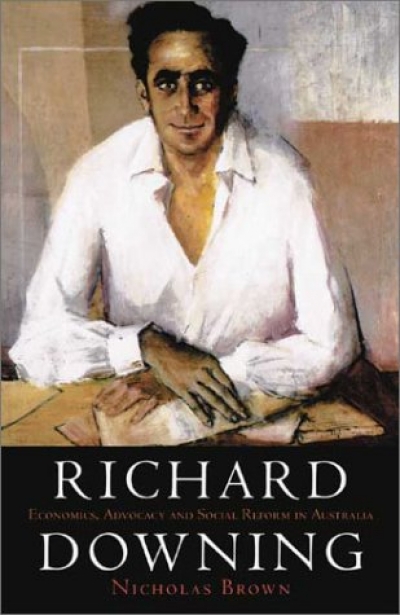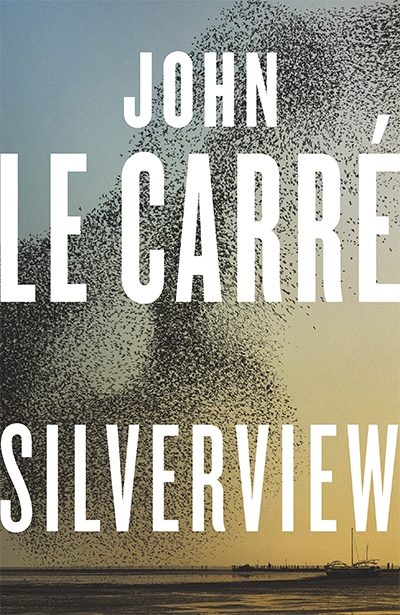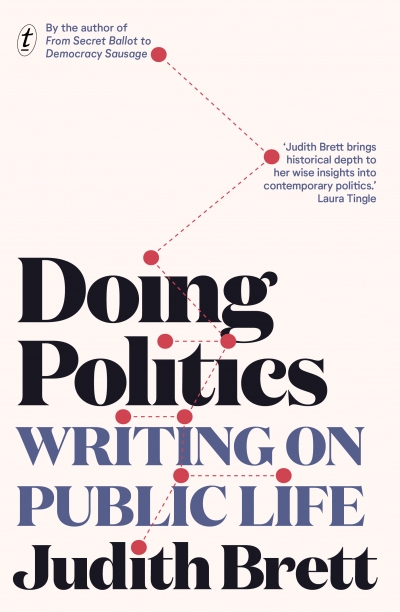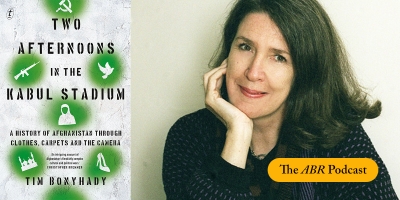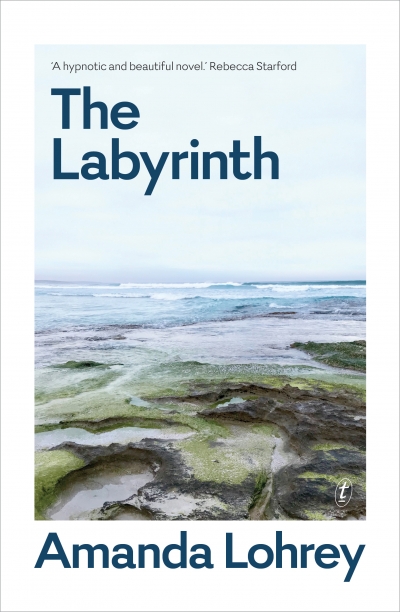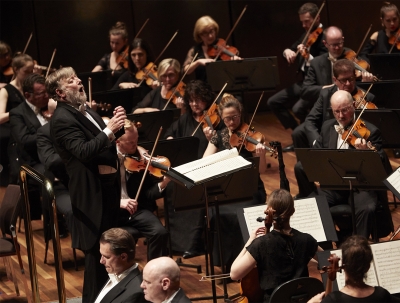Morag Fraser
Richard Downing: Economics, advocacy and social reform in Australia by Nicholas Brown
There are some circumstances that shift a musical performance into another dimension of significance. Mstislav Rostropovich playing Bach’s cello suites in Berlin on 11 November 1989, two days after the fall of the Wall, is perhaps the twentieth century’s most vivid example.
... (read more)Tim Bonyhady is one of Australia’s leading environmental lawyers and cultural historians. He has previously traced connections between art and national mythologies in books such as Images in Opposition (1985) and The National Picture (2018). In his latest work, Two Afternoons in the Kabul Stadium, he turns his attention to Afghanistan, unpicking the fabric of contemporary Afghan society by following closely the warp and weft of its visual culture, from women’s fashion to war rugs to photography. In today’s episode, Morag Fraser reviews Bonyhady’s book, writing in the wake of the Taliban victory and immersing herself in the ‘intriguingly tangential and complex history’ woven by one of Australia’s most scrupulous and sensitive observers of culture. Morag Fraser, a previous chairperson of ABR, has been writing for the magazine since the 1990s.
... (read more)Two Afternoons in the Kabul Stadium: A history of Afghanistan through clothes, carpets and the camera by Tim Bonyhady
What Happens Next? edited by Emma Dawson and Janet McCalman & Upturn by Tanya Plibersek
‘Sir Andrew’s Messiah’ it was: the conductor’s affectionate choice (Andrew Davis had soloed in Messiah as a boy), and his own orchestration, of Handel’s masterwork for his farewell concert as the Melbourne Symphony Orchestra’s chief conductor. Sir Andrew, who has caught an Australian habit, will return in 2020 as Conductor Laureate. Handel (who didn’t rate a mention on the MSO’s concert program cover) is perennial, so his return, and return, to Australian concert stages, churches, community singalongs, and recording studios is more guaranteed than rain.
... (read more)
